Category
Support
Domestic or international freight services are now popular. However, there are many difficulties when ensuring safety for goods during transportation. To ensure good safety for the quality of goods, the packaging is an important role. Therefore, Fado gives some instructions on how to pack each type of goods in order to ensure the safety of the goods, and minimize the unfortunate risks encountered during the shipping process.
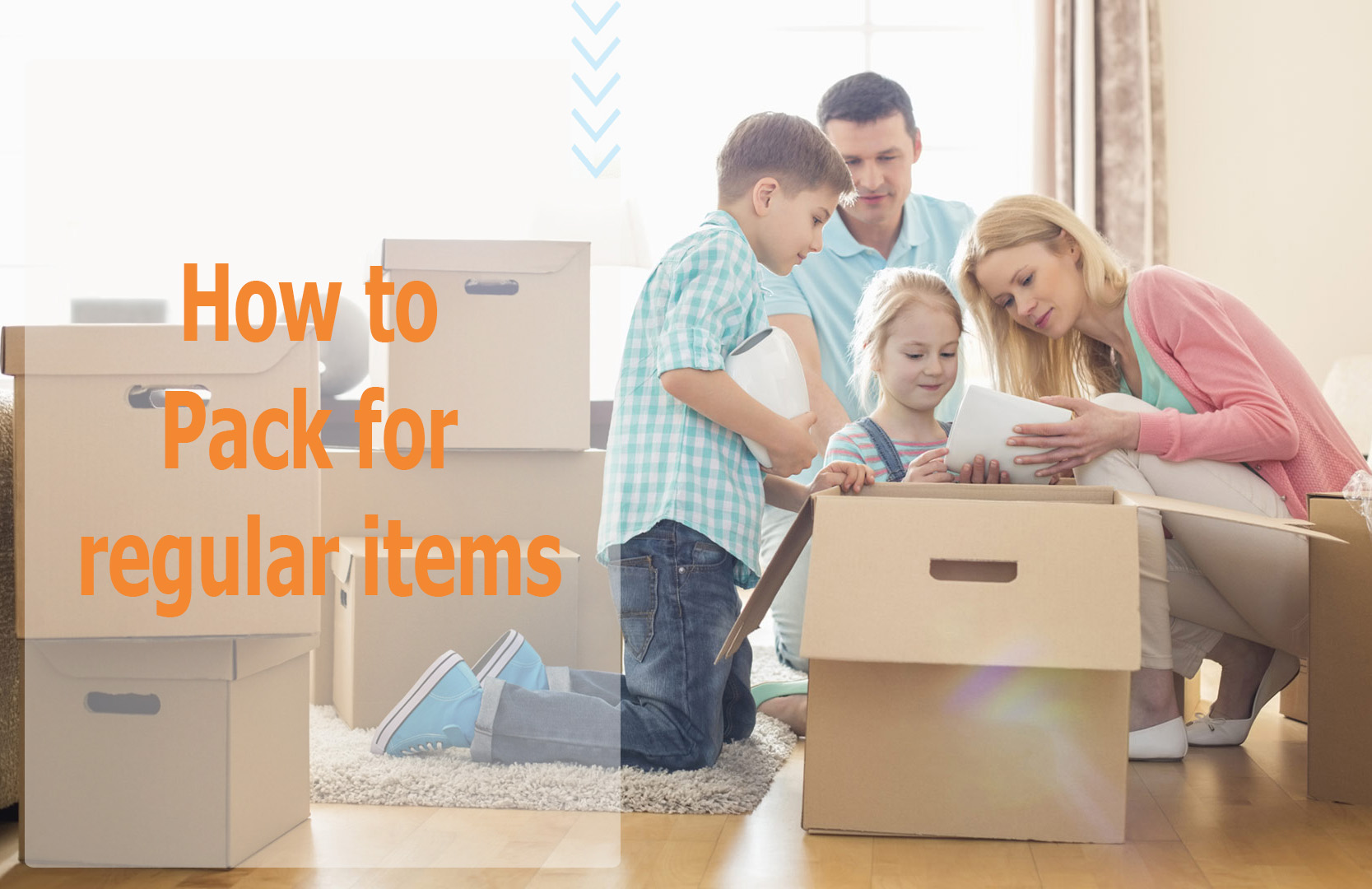
In the process of transportation, it is unavoidable collisions so how to wrap goods safely is studied by many customers. With the regular items you can do by the following.
Using padding made of stuffing materials with a height of at least 5 cm to cover the bottom of the box, the sides of the box and the lid. For heavy items, the thicker the padding is required.
If the goods are made up of many single things, you use air pads made of glossy bags to wrap each item. Please note that each item after wrapping should be separated from each other in the box. If the goods are only a single thing, you proceed to use a bubble wrap and place it in the middle of the box. If it has a blank corner, fill it with air cushions. This cushioning material has the effect of damping, protecting safety, fixing goods and avoiding movement. For heavy goods weight over 31.5 kg (calculated by the formula Weight = Length (cm) x Width (cm) x Height (cm) / 5000), choose a new thick, solid box which has the greatest durability and has not been affected by moisture or wear or tear from previous use.
Packaging goods should pay attention to the principle: the package has at least a flat surface to ensure that the recipient information be stuck on it. To ensure the safety of goods, you should not pack goods with sacks. When packing, pay attention not to let the small sharp point or edge pierce out. If the goods have such characteristics, please use of tight gaskets or fastening on top of them. Use a padding above the lid, then use a strip of tape to wrap the line between the box and two side fixation lines to support. For heavier items you should use as much duct tape as possible. It will help improve heat resistance.
Note:
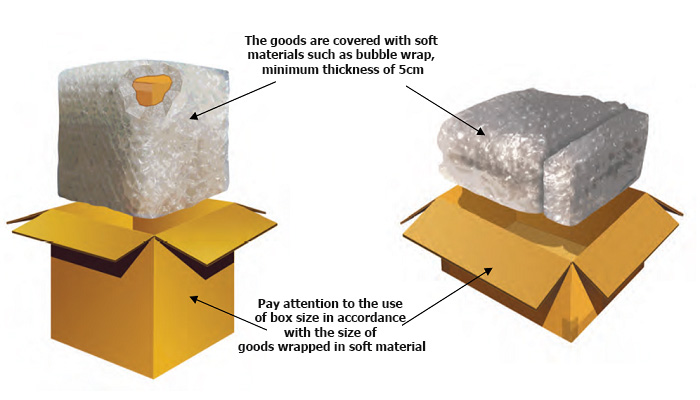
Electronics and high-value goods include computers, Macbooks, mobile phones, camcorders, cameras, etc. or other electronic devices. These products often have fragile, easily damaged properties. Therefore the form of packaging for these items has become more special and careful.
For electronics, high-value goods you need to use cushioning materials such as soft foam (polyethylene, polyurethane, polypropylene...). It has the effect of protecting the goods from fragility, collisions, the impact of weather conditions on the quality of goods. Boxes for packing need to be made from carton or wood. The packaging process is similar to that of ordinary goods. However, it should be noted that for high value goods with large volume, you should pack in closed wooden crates and buy insurance to ensure goods safety.
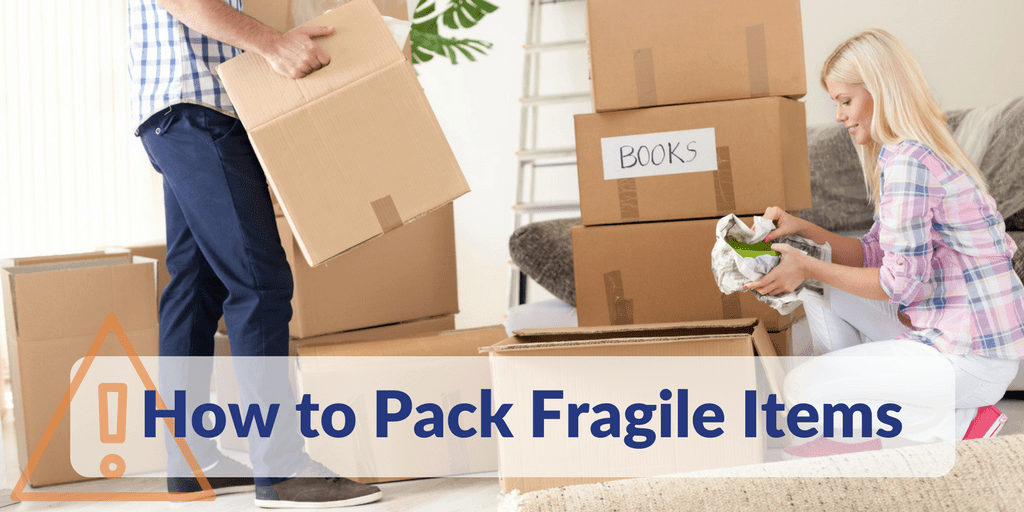
Goods are made from fragile and glass material that requires more time for packaging. With boxes containing many products, it is advisable to wrap each product individually to ensure safety. For boxes with only one product, the product should be wrapped to ensure safety during transportation. Materials to be used to wrap the product should use bubble wrapping paper. Because this paper is made from air bubbles, it allows foam nylon to create a buffer to perform the function of resilience and impact resistance.
Method 1: Each item needs to be covered with air bubbles of suitable size. Please pay attention to cover from the top to the bottom, the corners of the product to ensure safety. You need to wrap each item separately until all is done. Then you put them in a carton and use air bubbles to fix the position of each product, avoid the occurrence of fragile colliding of glass products. Besides, for glass goods, it is recommended to use bubble liner wrapping paper on the top, bottom, and two special sides of the carton.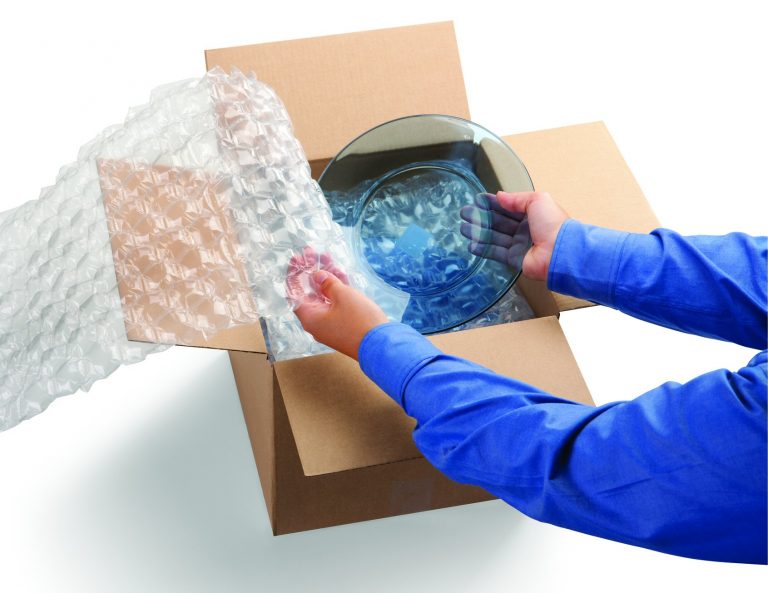
Method 2: Using dual boxes is considered a safe method when packaging glass and fragile goods. With this method you need to pay attention to ensure the original package in its original condition. Then you use a new transport box that is bigger than the original package at least 6 inches ( 15 cm) , and line the lower part, both sides of the new box of laminated materials for goods weighing less than 5kg; line bubble paper with goods weighing 5kg or more. Next, you put the original package in the middle, on the lining. Finally, you use the remaining lining to place on top and fix the big box with tape. The greater the volume of goods, the stronger the adhesion and strength of the adhesive tape needs to be increased to ensure goods safety.
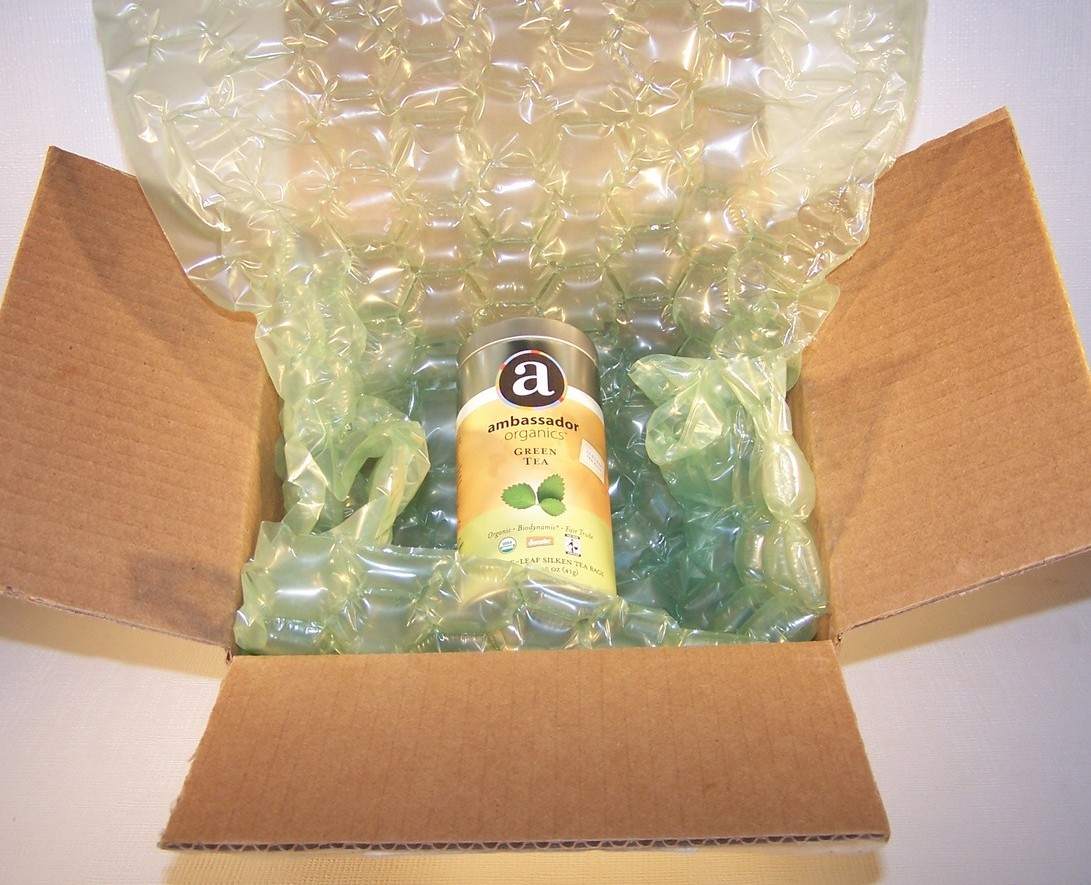
The liquid goods in the jar should be sealed to make sure not to flow out during transportation. You should use Styrofoam box or wooden crates for packaging. Moreover, you should spread a layer of liquid absorbing material such as sawdust, tea ... at the bottom of the barrel.
If there are many different jars in the package, you should put elastic materials between them. It is necessary to ensure that the goods are not moved and conceal the space. Then you need to add a sheet of gas or baking powder particles, foam located on the top of the jar to ensure safety.
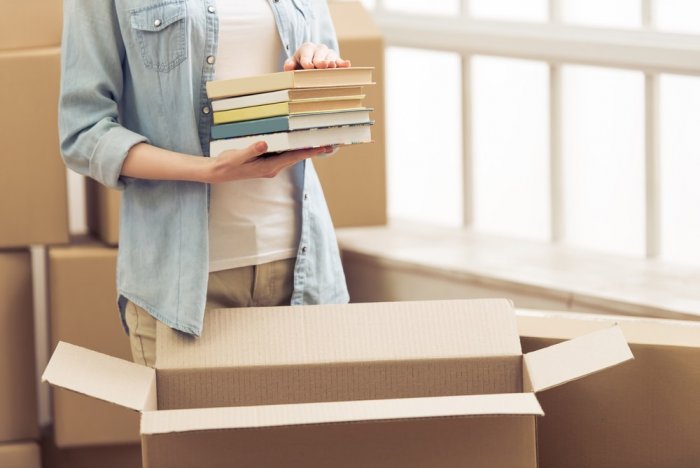
Packing goods such as books, pictures, maps should ensure that it is fixed in order not to move to cause tearing, scratching or fouling during transportation. You need to put them in the box, fixed them with a cushion around. For photo products, the map should be rolled up and wrapped in plastic wrap or plastic tube, sealed at both ends to ensure the safest.
The knowledge that Fado shared above will help you to have more information how to pack for different items. You can apply these methods by yourself for packing. If you need assistance in the packaging process, do not hesitate to contact us immediately.